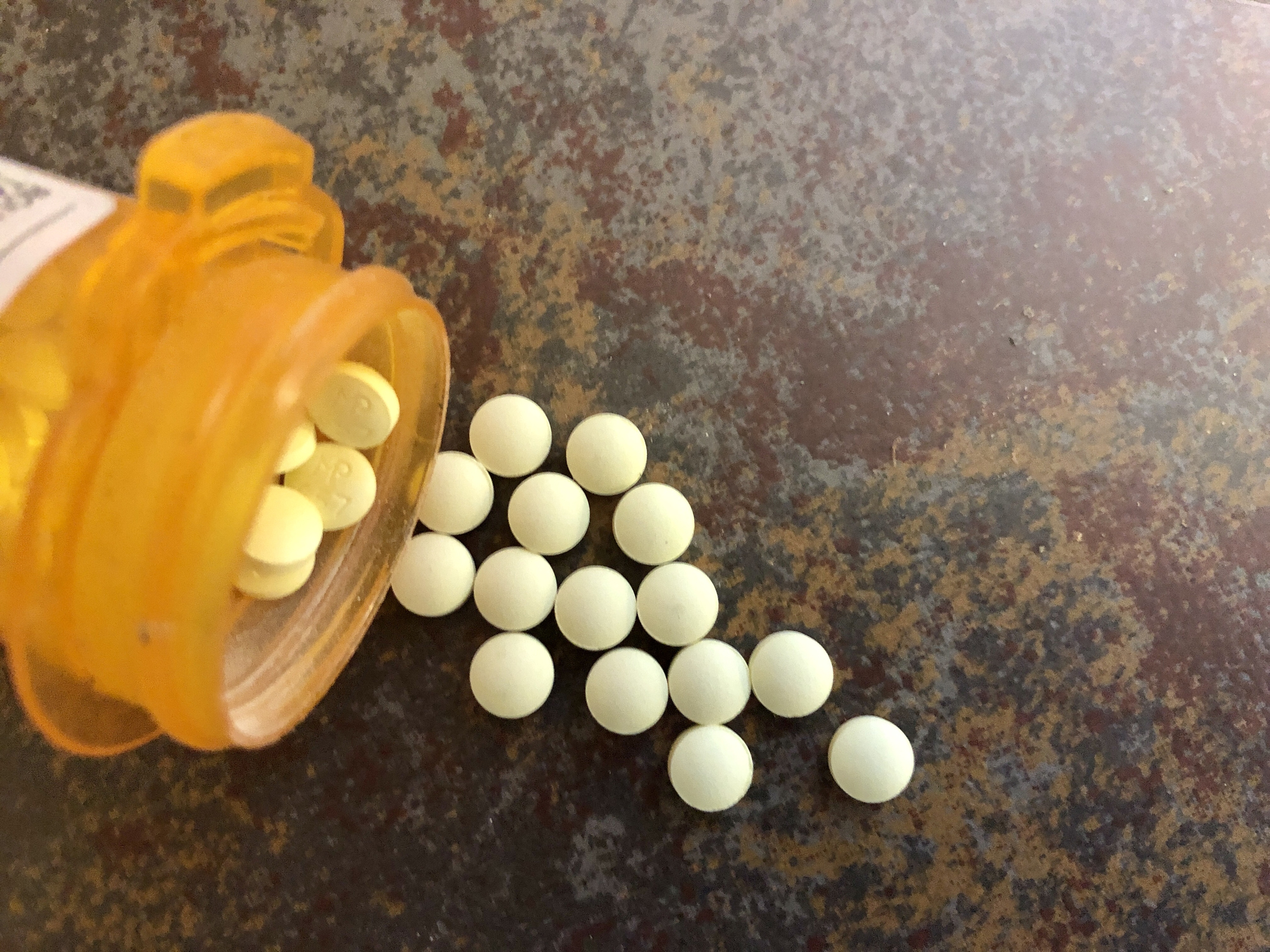A New York woman suffered from blurred vision and permanent dark spots after staring directly into the solar eclipse in August, according to a case study released Thursday.
The woman, identified by CNN as 26-year-old Nia Payne of Staten Island, walked into the New York Ear and Eye Infirmary of Mount Sinai with symptoms of vision that was blurred, distorted and could not perceive color well. She also reported seeing a central black spot in her left eye, according to the study published in JAMA Ophthalmology.
She told doctors that she first glanced at the sun during the eclipse for 6 seconds then she borrowed a pair of what she thought were eclipse glasses and looked up at the sun for another 15 to 20 seconds. She said she viewed the eclipse with both eyes.
Doctors monitored the woman and advised her to use certified eclipse-viewing glasses when looking at the sun. But six weeks after the eclipse, she was still seeing dark spots in her left eye.
Upon further examination, doctors noticed that the dark spot shape in her eye resembled a partial solar eclipse. They concluded that during a partial solar eclipse, when part of the sun’s core remains visible, viewing the solar rim without eclipse-viewing glasses with special-purpose solar filters can lead to severe solar retinopathy.
Doctors also captured images of the damage.
"It's embarrassing. People will assume I was just one of those people who stared blankly at the sun or didn't check the person with the glasses," Payne told CNN. "It's something I have to live with for the rest of my life. But it could be a whole lot worse, and I try to count my blessings."
Health
According to the National Center for Biotechnology Information, a person whose eyes are damaged by a solar eclipse will begin feeling symptoms within a few hours of the exposure. The young woman sought medical assistance three days after the solar eclipse occurrence. Doctors diagnosed her with a rare case of acute solar retinopathy which occurs when the eye retina is severely damaged by gazing straight into the sun.
Acute solar retinopathy is caused by photochemical toxicity when light can damage the retina and underlying structures. While the eye has several ways to protect itself from such damage, certain exposures to light can still result in temporal or permanent damage, according to the NCBI.
In 1999, there were 14 recorded incidents of eyes damaged after a solar eclipse in the United Kingdom.
According to NASA, there is a point during the eclipse where the light is the most damaging and it is best to keep eyes protected at all time during an eclipse.
The New York case study concluded that young adults may be especially vulnerable and need to be better informed of the risks of directly viewing the sun without protective eyewear.



